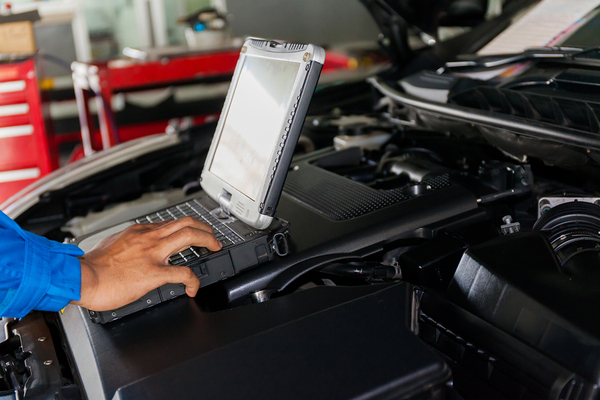What You Should Know About Used Car Maintenance Schedules
What You Should Know about Used Car Maintenance Schedules

Cleaning the cabin is just the start of good car repair.
Is the used car you’re considering in good repair? It’s one thing to find a used car that drives well; that’s simple enough. But 89 percent of all used cars on the market generally have at least one repair, however minor, that the previous owner didn’t get around to performing before trading vehicles. So, how do you ensure that your used car is in good shape before you drive it off the lot?
Find The Schedule
Every car has a maintenance schedule. Usually that schedule has two yardsticks, months and years on the road and miles driven, whichever comes first. Each milestone has a set of requirements, ranging from typical work like oil changes and tire rotations to more detailed work like transmission fluid replacement and checking systems like the air conditioning.
Usually, if an owner misses a few of these milestones, it’s not the end of the world. But you should still know the schedule and ask the dealership about the car’s maintenance history.
Has It Been Checked?
Few dealerships, these days, would send you off the lot in a car to which they haven’t at least given a cursory inspection. However, inspections can vary widely from dealership to dealership and from car to car. A certified pre-owned vehicle, for example, is generally a leased car that’s been returned to the dealership. Technically, they’ve owned the car the entire time and are responsible for maintenance, so it’s likely been in for every milestone and been thoroughly checked over once it came back home, to boot.

A used car should be thoroughly checked before it gets back on the road.
A trade-in of uncertain provenance, however, might have simply had a light going-over and a few basic repairs. It’s always worth asking about the past of a car and, if you can, talk to the owner about their repairs. Don’t hesitate to ask about maintenance done or run down the full checklist yourself to make sure everything works properly; most dealerships will not only expect as much from shoppers, but will encourage you to check the car out and settle your mind about any issues.
Run The VIN
Every car has a vehicle identification number, or VIN, located on the driver’s side of the dashboard or on the door post of the car. Every time a car goes into the shop, that repair is added to the vehicle history report, which is easily found on sites like Carfax.com. So, pay to run the VIN for a full report, and if the service records don’t match up with the milestones, or if the mileage reported doesn’t line up with the miles on the car, be sure to ask about it.
Keep in mind, however, that if maintenance was done privately, it won’t be on the report, and that reports for minor service may not be logged, depending on what was done and where it was done.
Don’t forget, more often than not, these will simply be minor repairs that need to be done, and most dealerships will have no problem doing them before you drive the car off the lot. But it’ll be up to you to make sure your car is in good shape when you get it. For more on buying used cars the smart way, check out the research from CarFoundMe.


